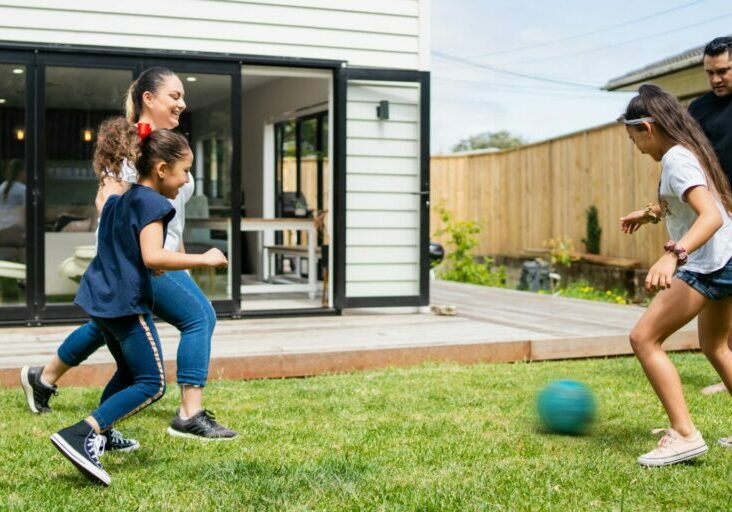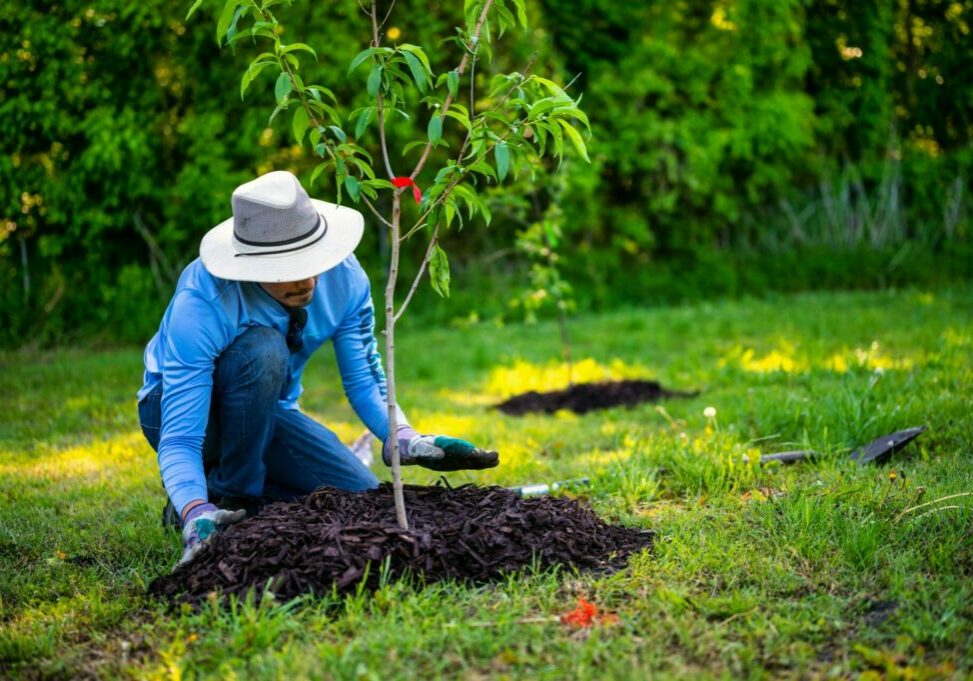5 Tips to Beat the Summer Heat
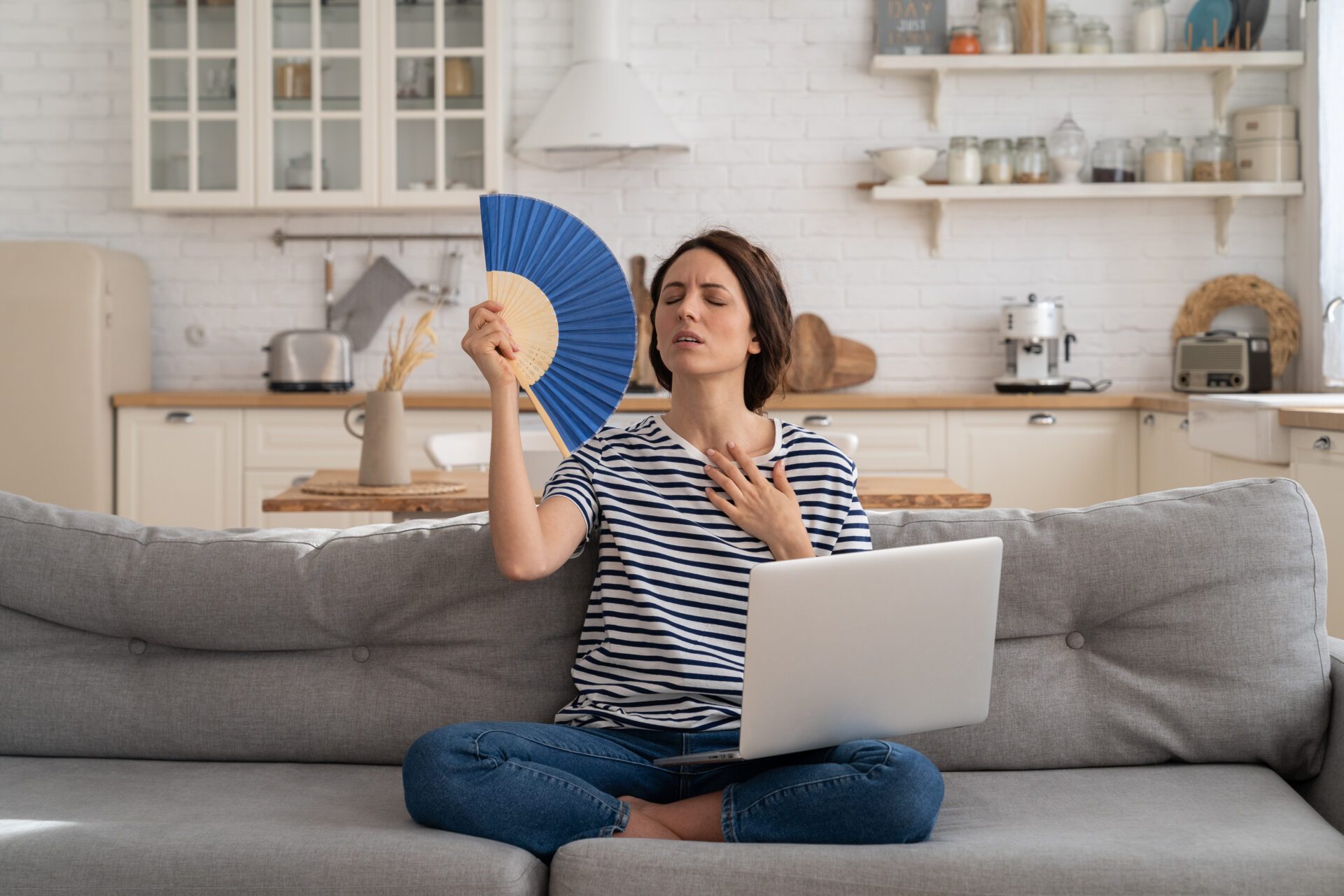
Summer temperatures are here, and to put it simply, it’s HOT! Although we’re used to the hot summer temperatures on our area, it’s always good to be reminded of some things that can make you more comfortable and save some energy at the same time. Happy Summer!
Ceiling Fans 
Did you know ceiling fans can make a room feel 4 degrees cooler? To save energy through ceiling fan use, remember to raise your thermostat a few degrees while fans are turned on. Ceiling fans can help improve comfort year-round. In the summer, operate ceiling fans in a counterclockwise direction. Reverse the direction to clockwise during winter months and set fans on a low speed so warm air can circulate from the ceiling to the lower levels of the room. Remember, ceiling fans cool people, not spaces. Be sure to turn them off when you leave the room.
Grilling Outdoors 
To reduce home energy use, avoid using your oven and use a grill instead. Not only will cooking outdoors eliminate the electricity used to power the stove, but it will also avoid raising the temperature inside your home, reducing the need for air conditioning or cooling. You can also avoid using the oven with tasty no-bake recipes. Get creative in the kitchen (or the backyard) and find new ways to save energy!
Washing & Drying 
Looking for additional ways to save energy this summer? Your laundry room is a great place to start. Wash clothes with cold water, which can cut one load’s energy use by more than half. Your washing machine will use the same amount of energy no matter the size of the clothes load, so fill it up when you can. When drying clothes, separate the heavier cottons. Loads will dry faster and more evenly if you separate heavier cotton like linens and towels from your lightweight clothing.
Window Coverings 
Can something as simple as blinds or drapes help with efficiency? Yes. Energy-efficient window coverings are an important piece in keeping your home cool. In cooling seasons, about 76% of sunlight that falls on standard double-pane windows enters to become heat. Window coverings can help with this loss of energy by providing comfort, regulating temperatures, and lowering energy bills. If you want sunlight in, open the blinds that don’t have direct sunlight. You may need to adjust as the sun moves throughout the day.
Thermostats 
The location of your thermostat can impact your HVAC system’s ability to maintain an ideal indoor temperature. For maximum accuracy, thermostats should be placed in the center of the home, away from air vents, plumbing pipes and exterior doors. Avoid placing items like lamps and televisions near your thermostat, which can cause the HVAC to run longer than necessary. Avoid installing thermostats in rooms that tend to feel warmer or colder than the rest of the home. Do not place furniture in front of the thermostat, which can block air flow and result in inaccurate readings.
Source: energy.gov
Recent Posts
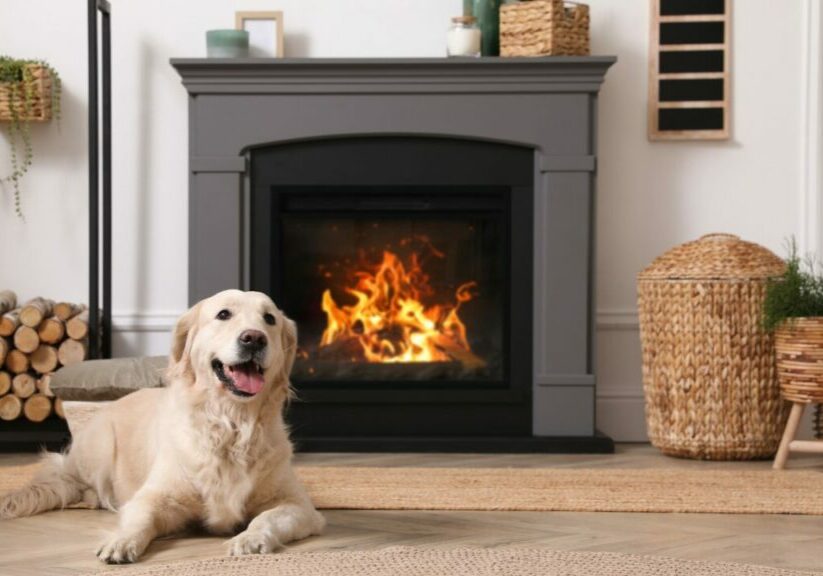
Five Ways to Safeguard Your Home This Winter
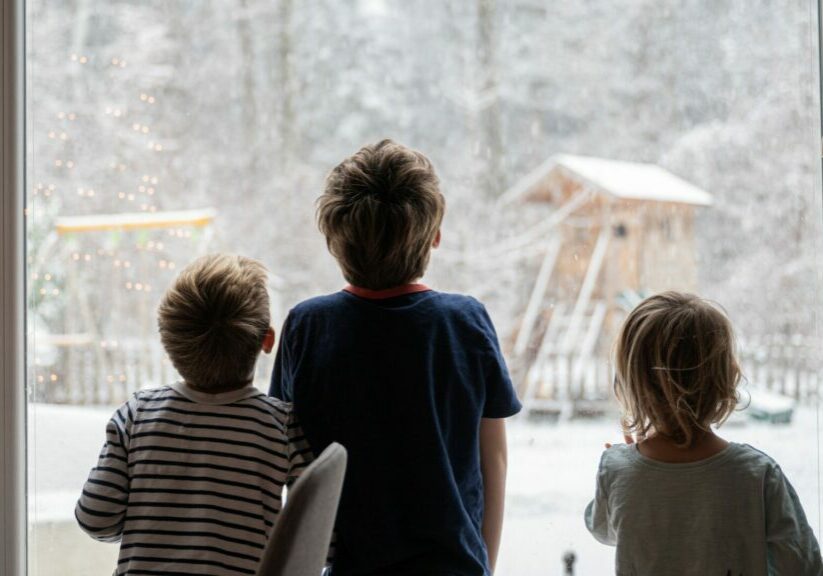
Winter Weather May Impact Electric Bills

Cybersecurity Tips For a Safer Digital World
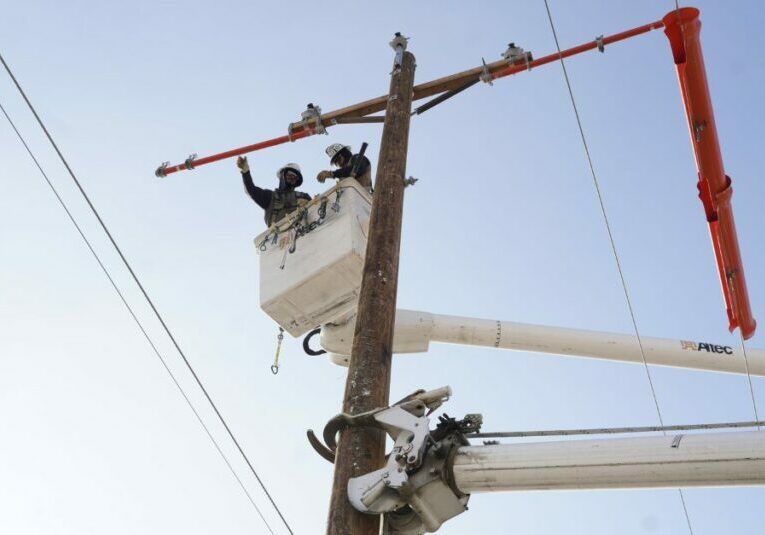
Electric Co-ops Grow for the Communities They Serve

Go Above and Beyond for a Safe Harvest

The Vital Role of the Lower Snake River Dams
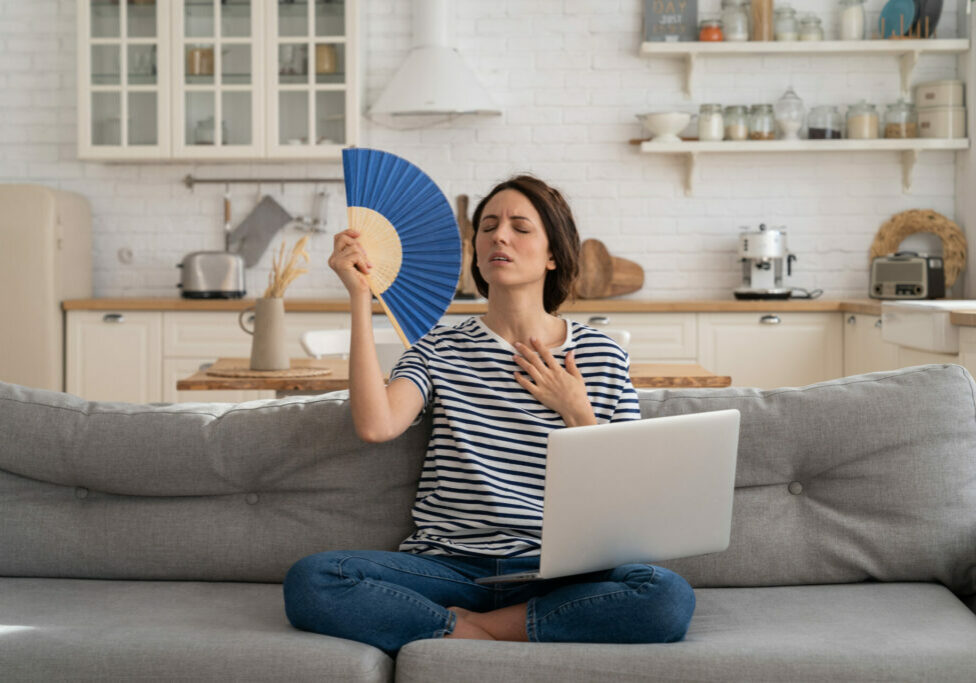
5 Tips to Beat the Summer Heat
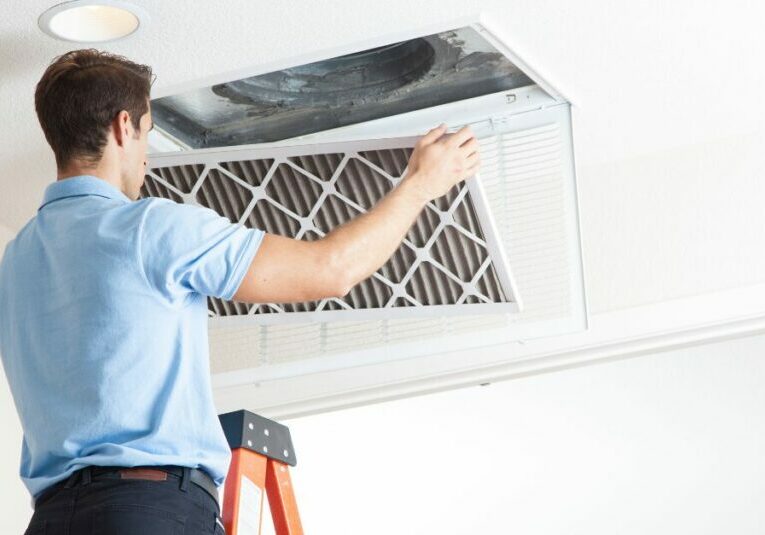
What You Need to Know About Furnace Filters

May is Electrical Safety Month



